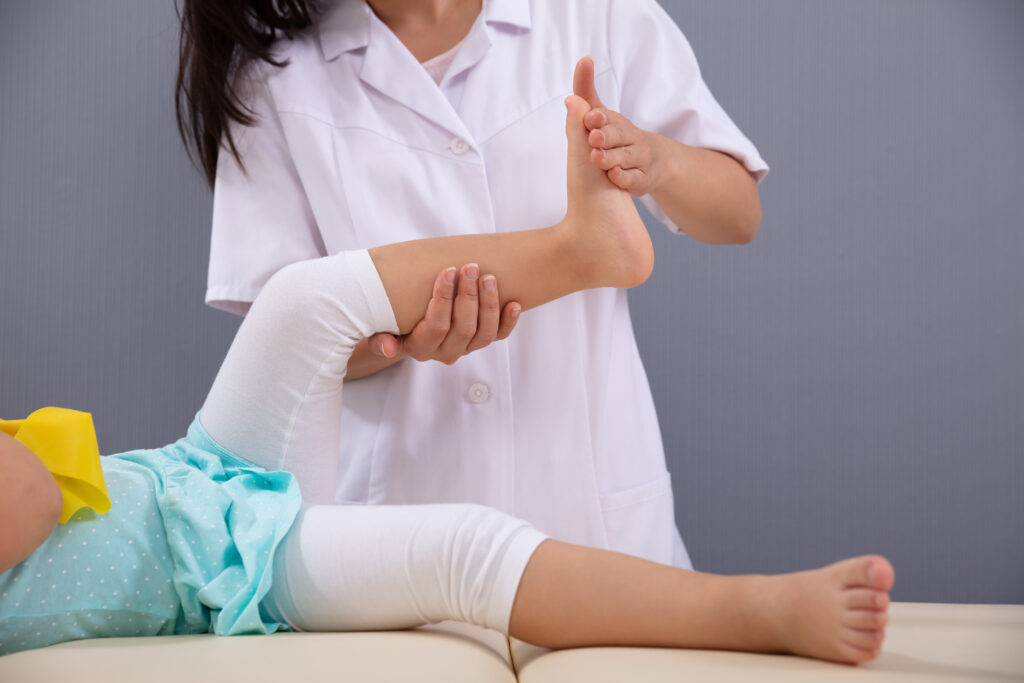What Is Snapping Hip?
Snapping hip is a condition of a catching or snapping sensation that occurs with the motion of the hip. The patient with a snapping hip may feel or even hear a snapping or popping sound. This may or may not cause pain. Sometimes patients with a snapping hip will describe the hip as “coming out of place”. The snapping is typically caused by a soft tissue structure rubbing against one of the bony prominences around the hip, but your hip does not actually get displaced from the socket.
Who Does Snapping Hip Impact?
People involved in sports and activities that require repeated bending of the hip, especially runners or dancers, are more prone to developing snapping hips. Snapping hips are also more common in young athletes since they are prone to developing tightness of the muscles/tendons during adolescent growth spurts.
Common Types Of Snapping Hip
There are two common types of snapping hip.
- Internal snapping hip is caused by the psoas tendon (hip flexor), which is a structure that is located in the front of the hip. The tendon rubs against the front portion of the bony pelvis and can snap as it moves. The snapping sensation is felt when the hip moves from a bent to a straight position or when the hip is flexed and rotated outward. This is caused by a tight and/or inflamed tendon.
- External snapping hip happens when the iliotibial band (ITB), a broad band of tissue that runs down the outer side of the thigh snaps over a bony prominence on the femur called the greater trochanter. The snapping sensation may occur with walking and running, and occasionally can even be visible. Similar to internal snapping, inflammation and/or tightness of the ITB can cause this. Weakness of the hip musculature is another common cause.
What Causes Snapping Hip?
There are other potential causes of snapping/popping around the hip. If you feel the snapping sensation behind the hip, this may be caused by tightness of the hamstring muscles. A clicking or catching sensation in the hip joint may be caused by a problem inside the hip joint, such as a tear of the labrum or loose cartilage.
Diagnosing Snapping Hip
Frequently, the diagnosis is made by the history and physical examination. The doctor will palpate different areas around the hip and manipulate it to reproduce the snapping sensation. They will test the range of motion of the hip and assess for tightness or weakness of the hip musculature. X-rays may be ordered to rule out any other causes of hip pain. If your doctor suspects that there is an injury inside the hip joint, an MRI may be recommended.
Treating Snapping Hip
A painless snapping sensation does not require treatment since it does not cause any damage to the hip joint. In patients where there is pain associated with the snapping an initial treatment may consist of rest, ice, non-steroidal anti-inflammatory medications, and a stretching/strengthening routine that may be done at home or under the supervision of a physical therapist.
Most patients’ symptoms from snapping hip are relieved with these conservative methods, but if the symptoms do not resolve, other options including injections or even surgery can be discussed.
If you feel your child is experiencing symptoms or signs related to this condition, it may be time to visit us. The Pediatric Orthopedic Center is the premier NJ hub for pediatric orthopedics, with four offices throughout northern NJ. Having been the leader in pediatric orthopedics in this area for over 25 years, we are the largest and most award-winning pediatric orthopedic practice in the tri-state area.
Please click here to schedule an appointment!




